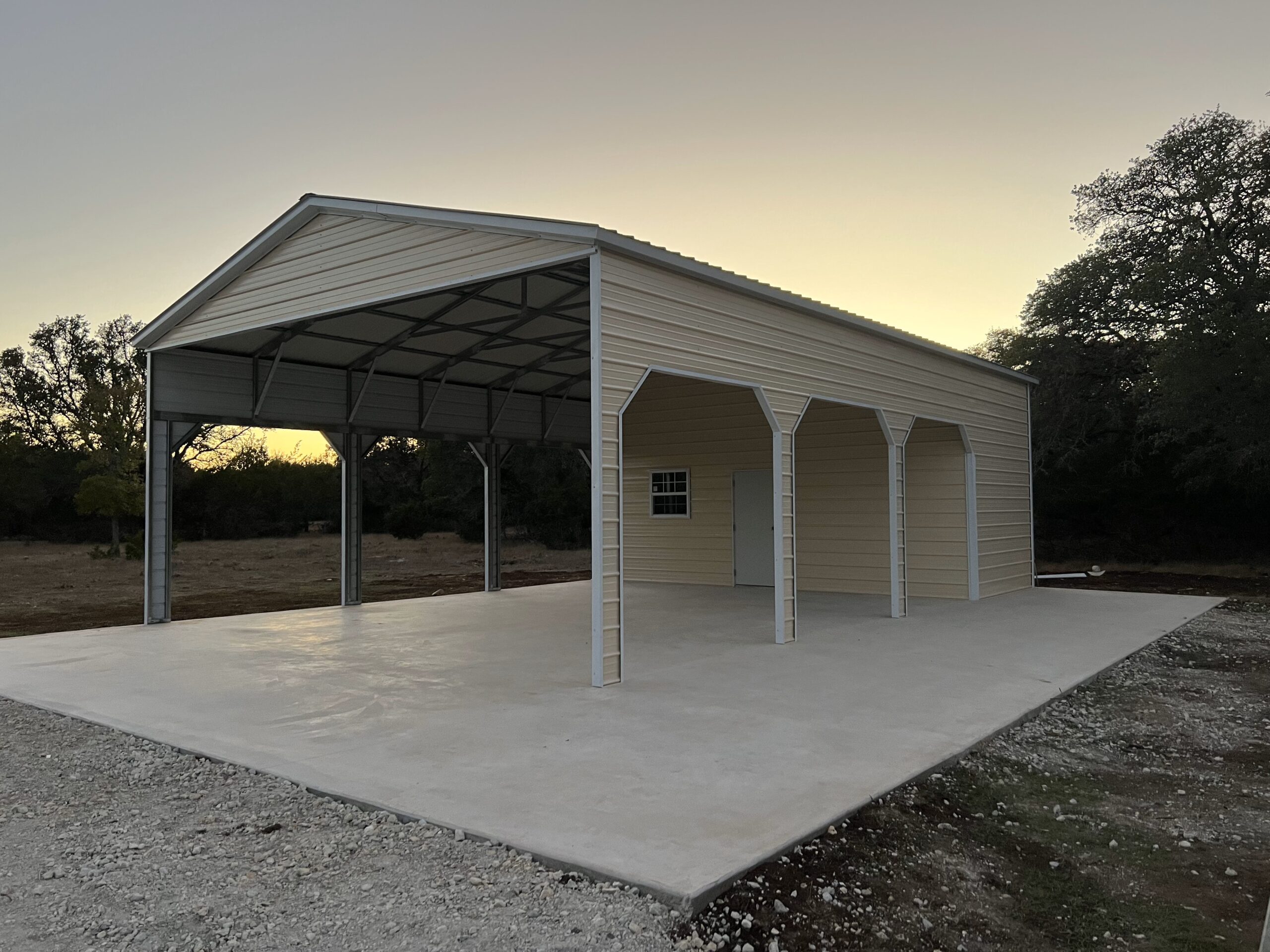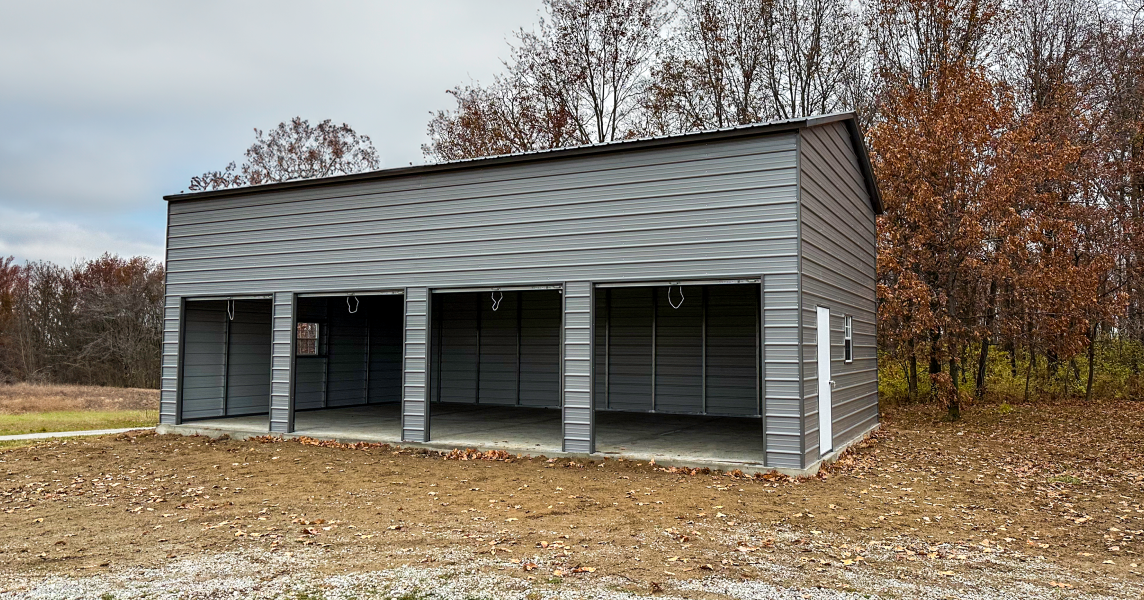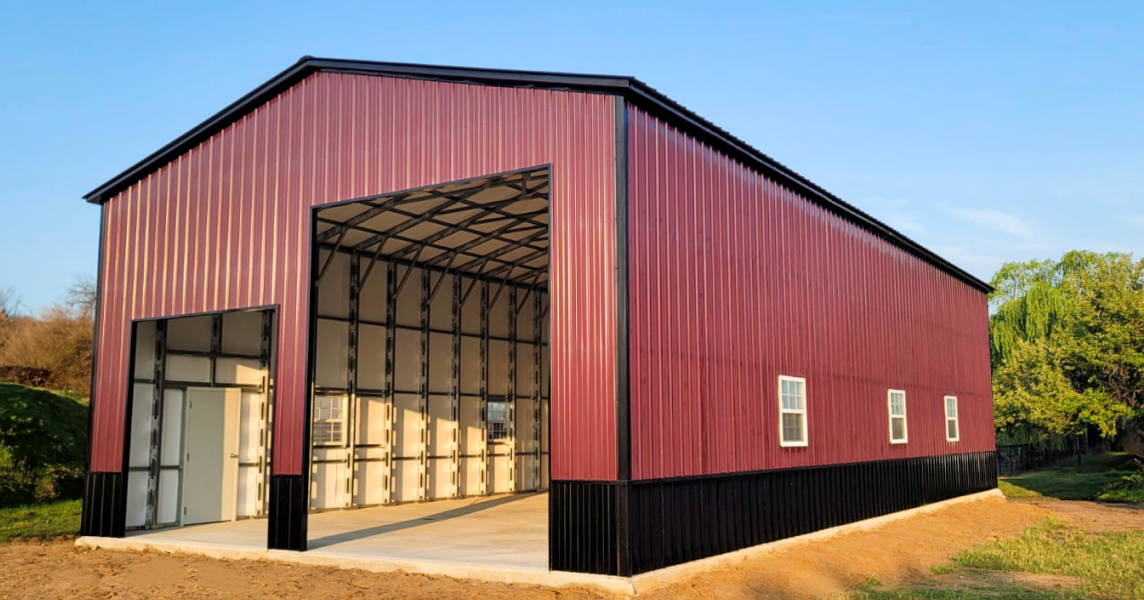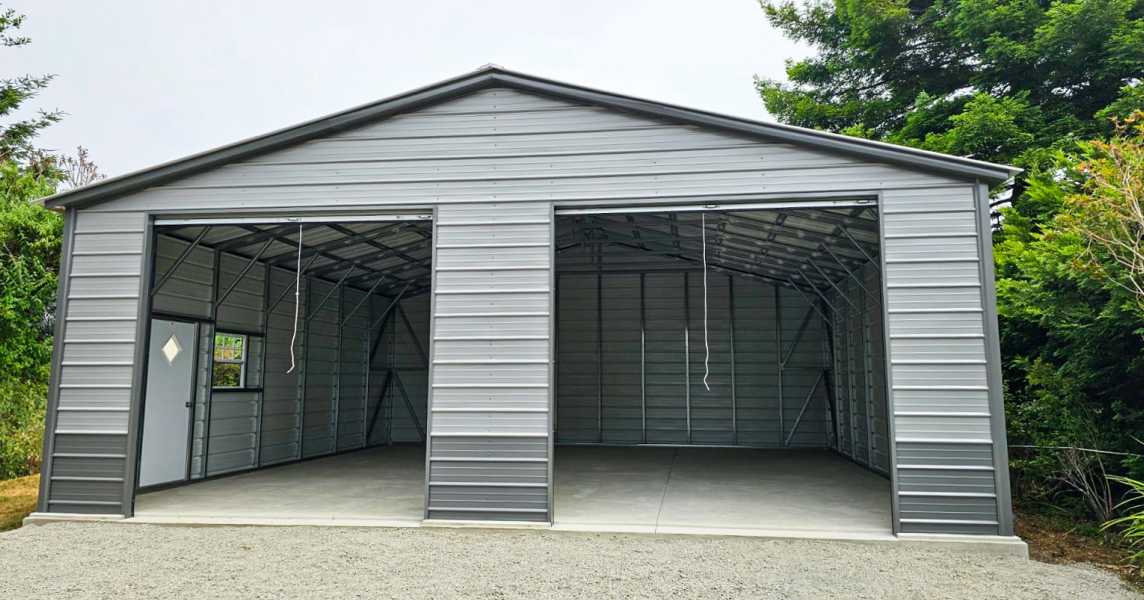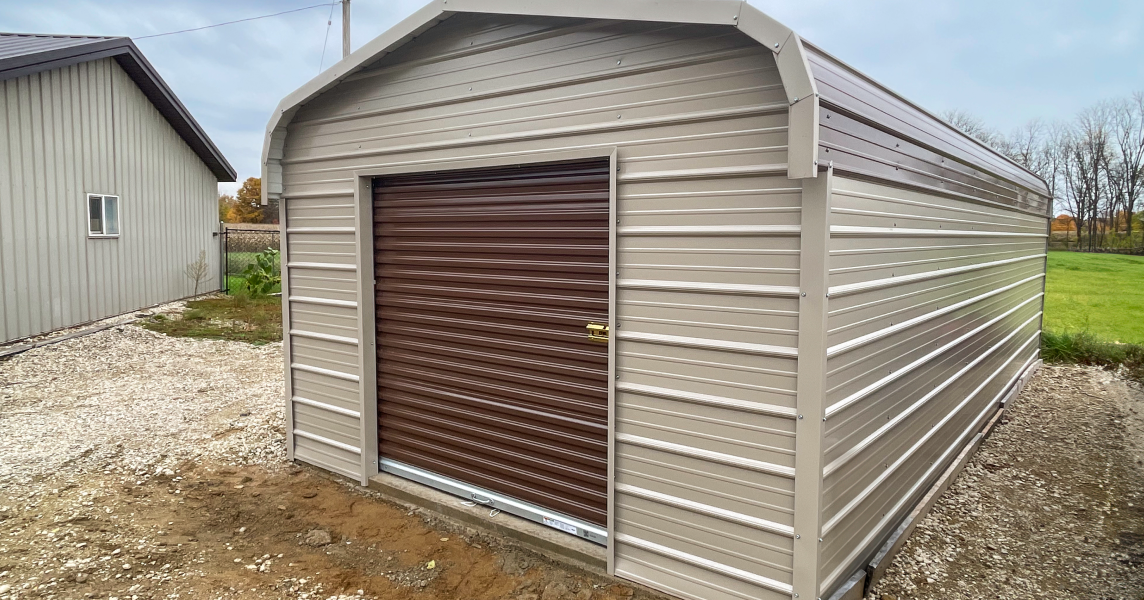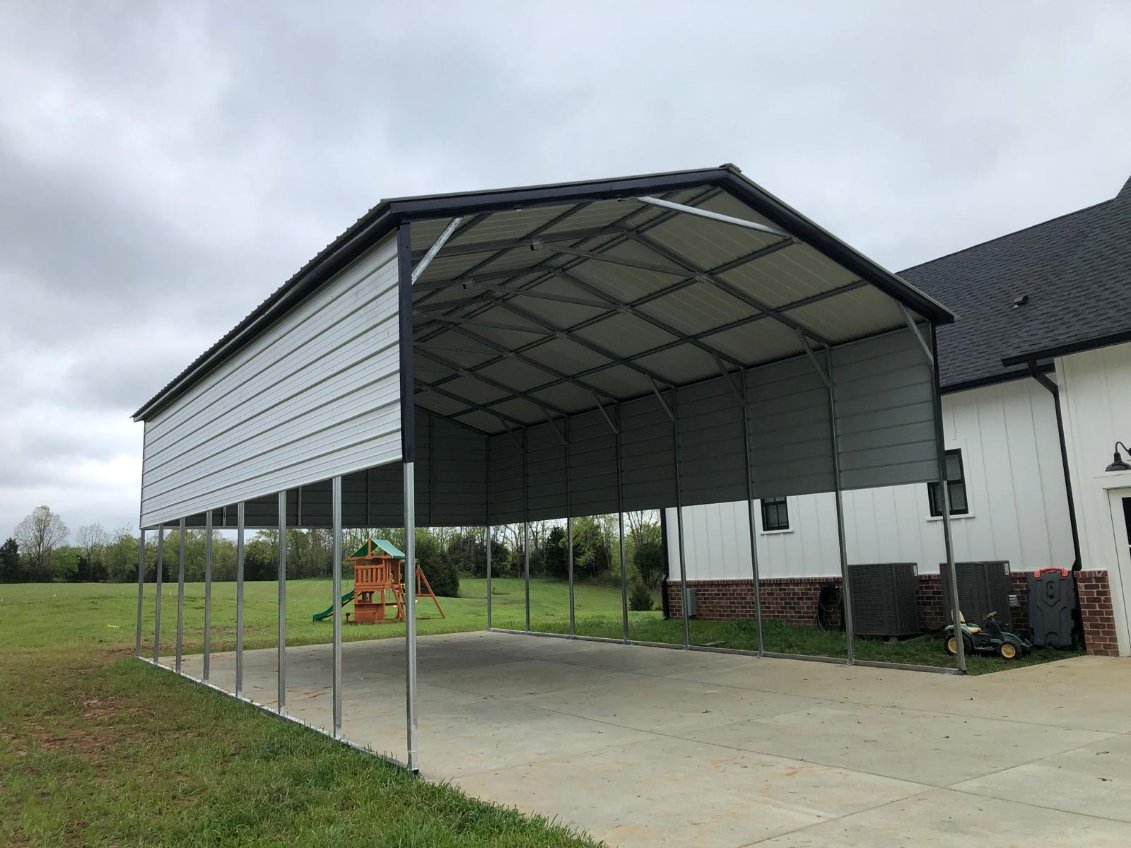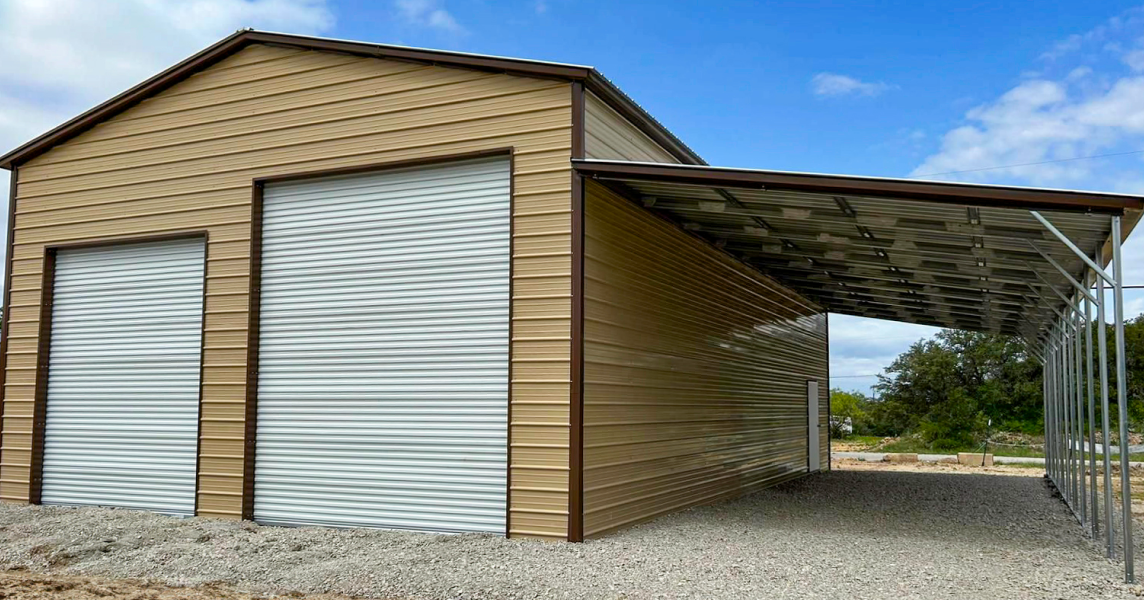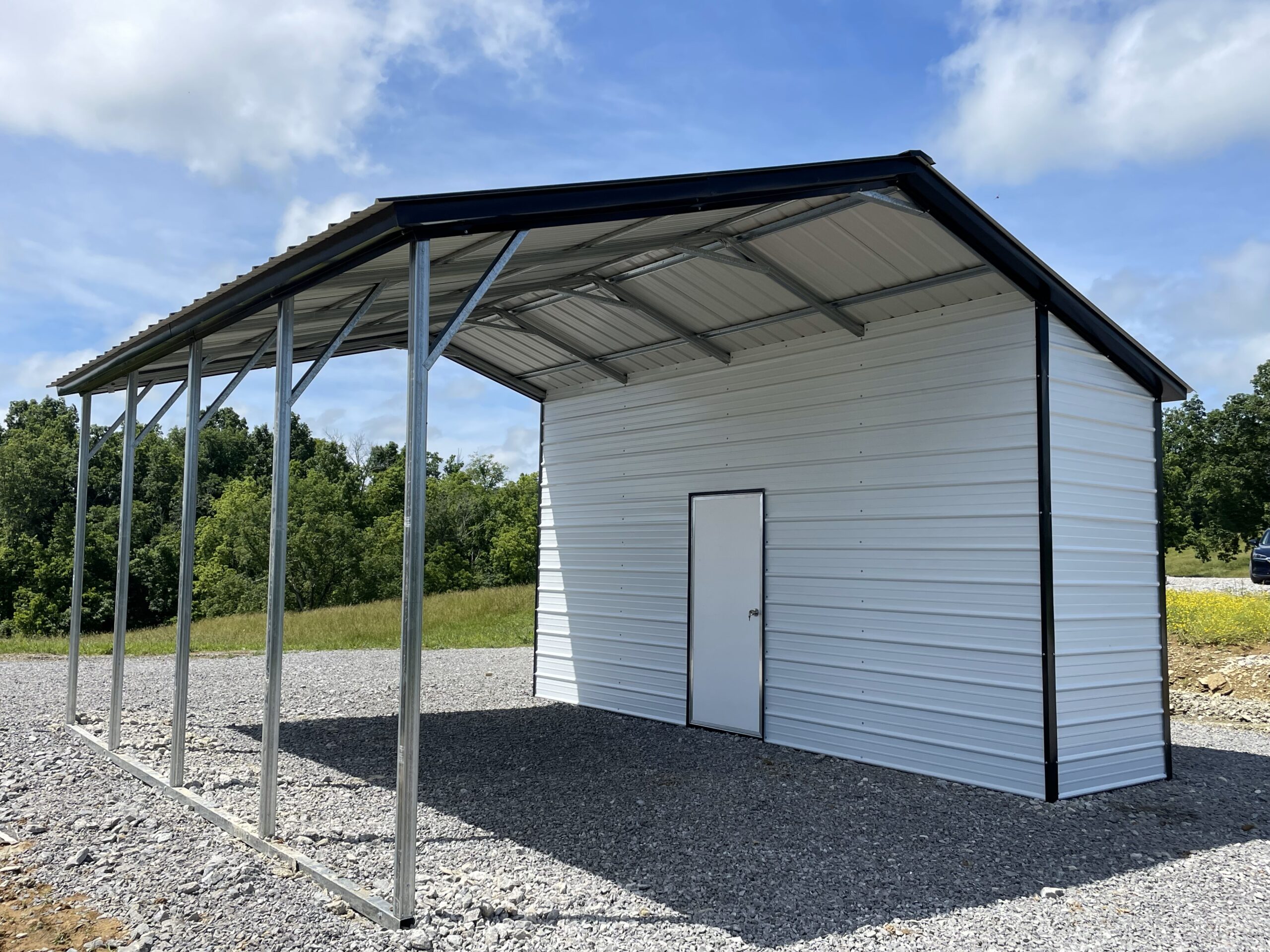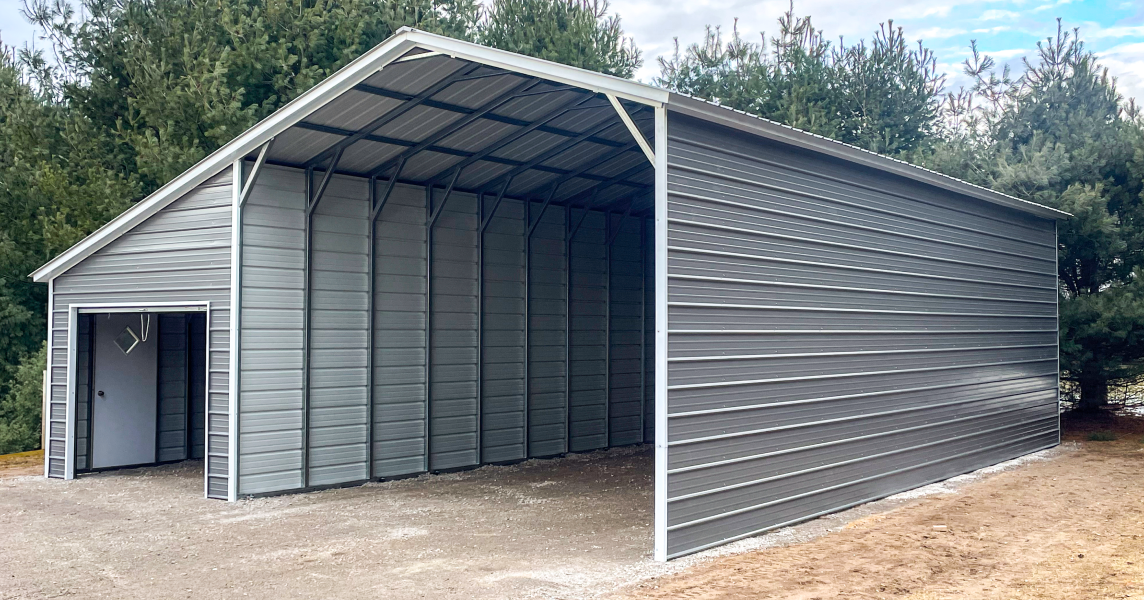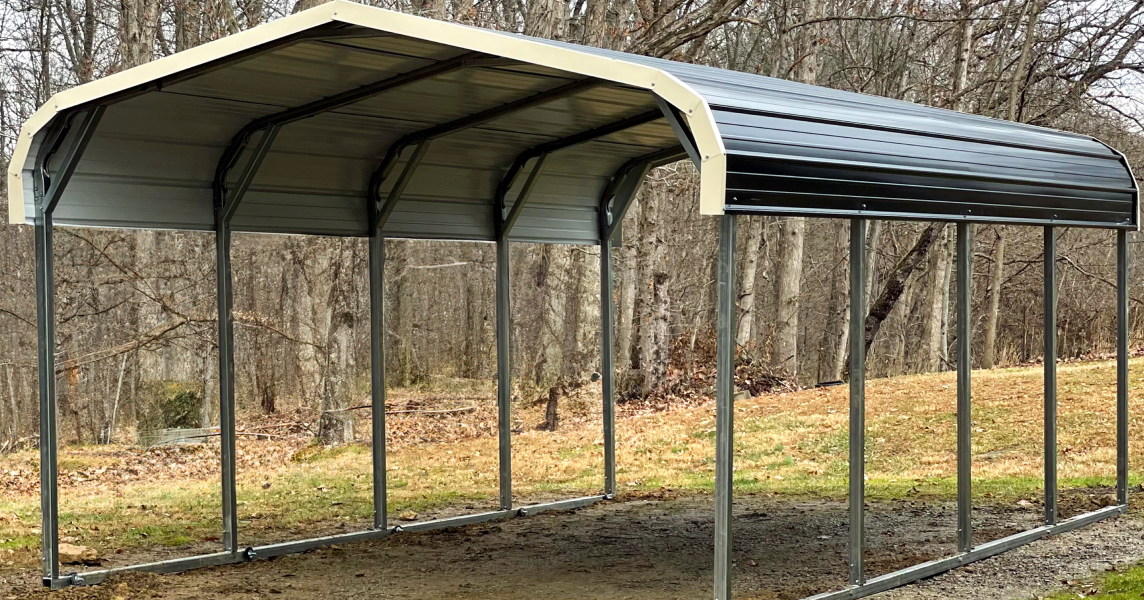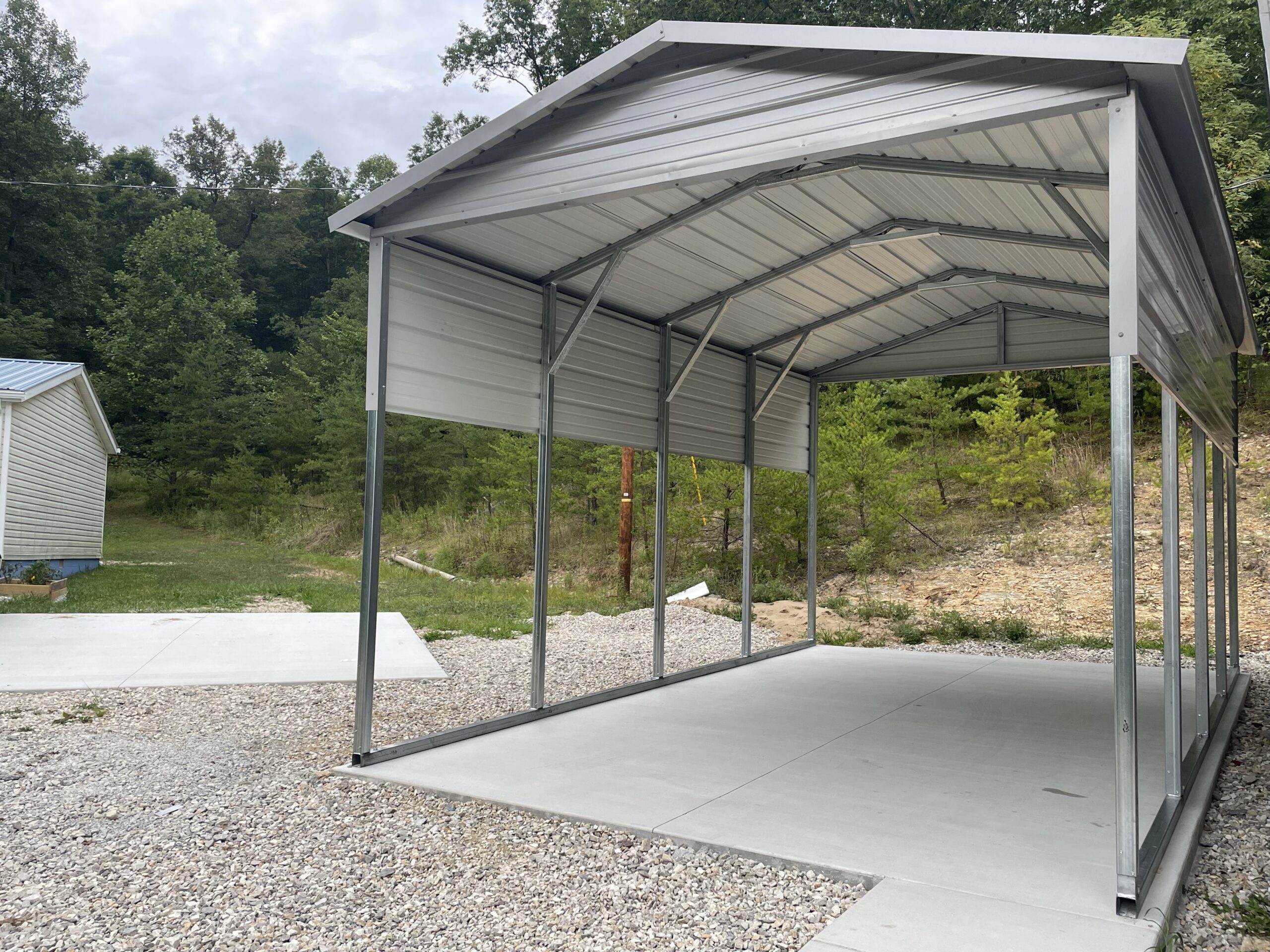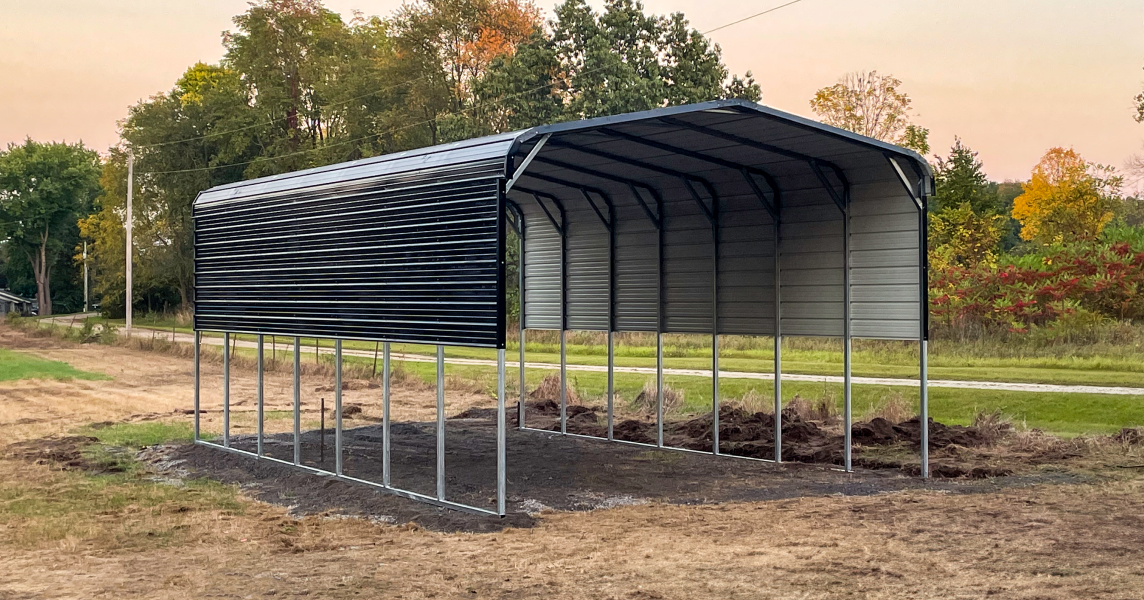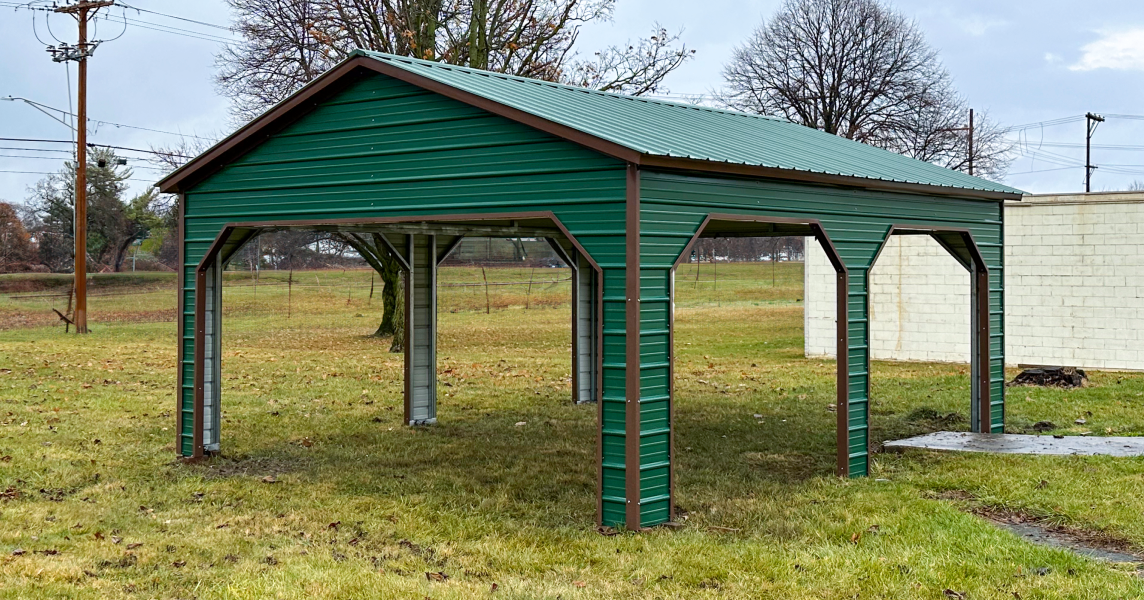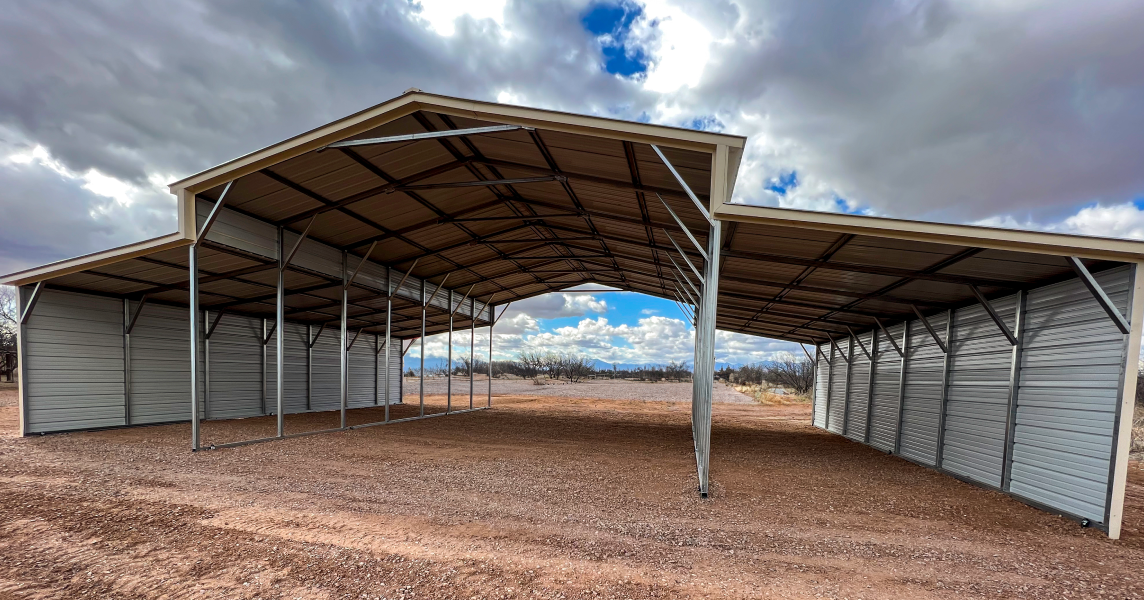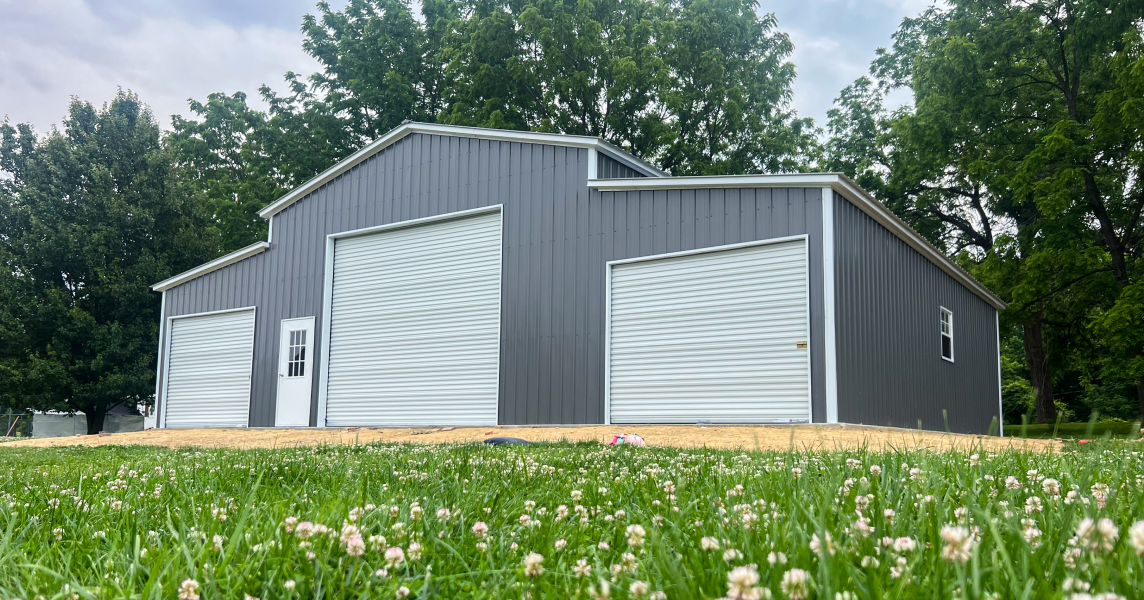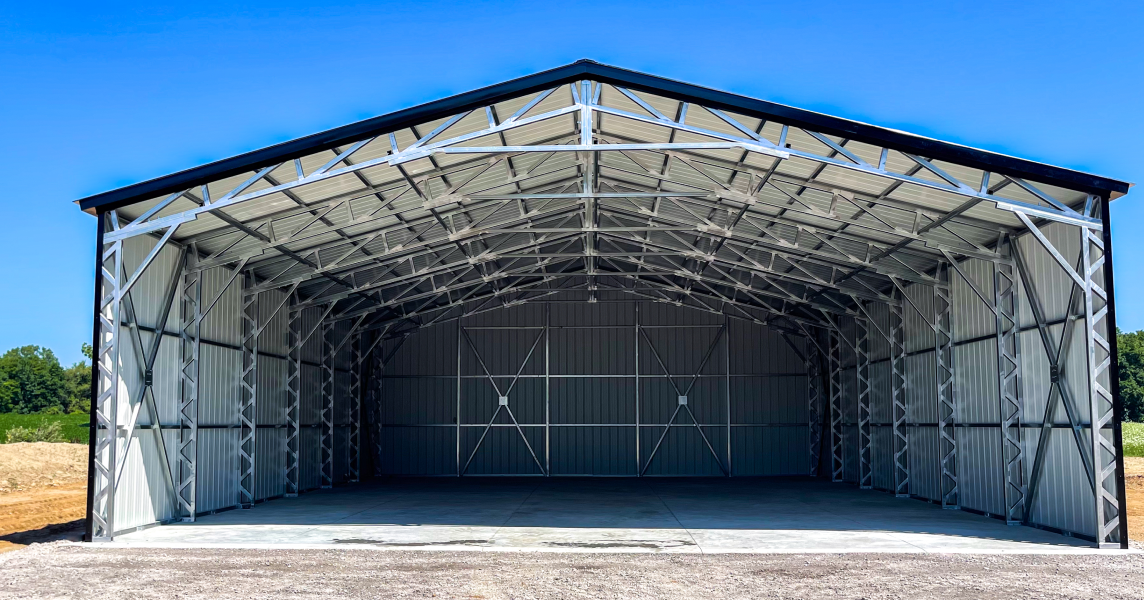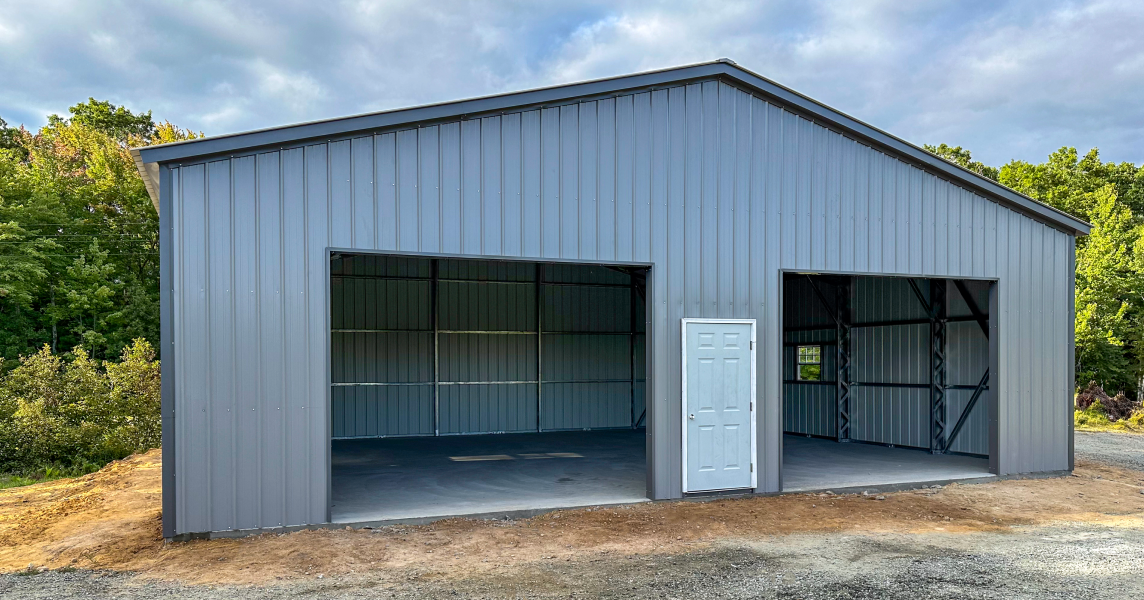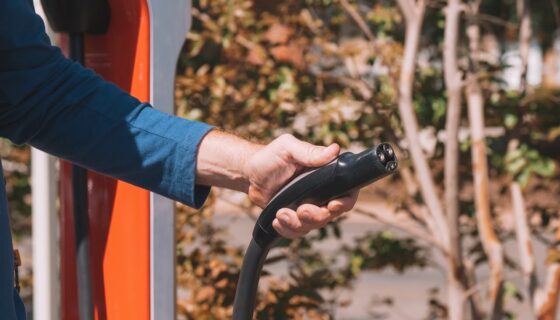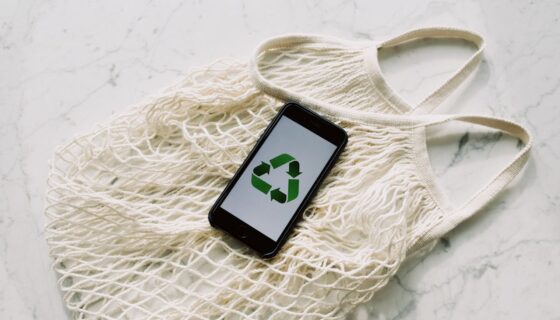Going green is like brushing your horse’s mane, preparing your kid’s lunch, giving your dog a treat, or visiting your parents for the weekend. Taking care of your loved ones is just as important as looking over our most prized possession ‒ mother earth.
Today’s blog consists four of the most important concepts in the world of recycling:
-
- Recycling symbols
- Three famous R’s
- Recycling process
- Most recycled material
Recycling provides many benefits ‒ not just to our earth – but us humans. Apart from consuming natural resources, reducing emissions, and saving energy, going green helps preserve the environment for prospective generations and boosts the creation of good jobs in the recycling and manufacturing industry. A 2011 statistic states that less than 35% of households and less than 10% of businesses in the United States recycle. If recycling levels reach 75%, it will be the environmental benefit of removing 50 million cars. If we all become a team and recycle, we will do our lovely planet a huge favor.
What do recycling numbers mean?
If you have ever examined your water bottle or food container, you’ve probably noticed a triangle with a random number located in the center of it. Little do most know, these symbols are more meaningful than they seem. Because most of what we consume come in plastic packaging, it’s important to know a handful of information about the material where our food comes from.
For starters, these numbers each have their own unique significance. They provide information in relation from their ingredients to their biodegradability. Every plastic container and bottle has this numeric symbol ranging from 1-7.
Here I provide informative material over these meaningful icons. .
Number 1 Plastic: Polyethylene Terephthalate (PET, PETE)
PET is the most used and recycled plastic most likely because it’s lightweight and cheap. In fact, Americans consume more than 34 billion plastic beverage bottles every year, in which 80% is not recycled.
They can be recycled into…
- sleeping bags
- carpet fibers
- rope
- paneling
- straps
They are mostly found in…
- soda beverage bottles
- peanut butter jars
- beer bottles
- mouthwash bottles
To conserve this valuable plastic is fairly easy. All you have to do is gather your PET plastics after you’re finished with your delicious peanut butter, Coca Cola, etc. Take out your recycle bin on the appropriate day to let them be picked up by curbside trucks. You can also reuse your plastics by washing them and storing them. You never know when they may come in handy.
Number 2 Plastic: High-Density Polyethylene (HDPE)
This plastic has low risk leaching, making them generally safe. That’s why they are used to create your average plastic bag that you use when checking out. High-density polyethylene plastic can be found everywhere.
They can be recycled into…
- pens
- containers
- lumber
- benches
- detergent bottles
- dog houses
They are mostly found in…
- milk jugs
- household cleaners
- shampoo bottles
- detergent bottles
- motel oil bottles
- shopping bags
Recycling plastic #2 plastic is not a difficult task. The easiest thing you can do is use less. For example, get yourself a nice reusable recycling bag. Most stores sell them for pretty cheap and the good thing is they are made from recycled items. Plus, they are rather large so you have less exhausting trips from your car to your home. You can also set out your bin for curbside recycling.
Number 3: Vinyl (V or PVC)
Be especially aware of this plastic. It’s not meant to be cooked with. have been known to cause health issues due to phthalates. Phthalates are used to make plastics difficult to break while maintaining their flexibility and elasticity. They contain methanol and ethanol. It has been known to cause liver problems and loss in bone mass. It’s best to stay away from any plastic, especially this one.
They can be recycled into…
- paneling
- flooring
- decks
- roadway gutters
- speed bumps
They are mostly found in
- shampoo bottles
- clean food packaging
- cooking oil bottles
- medical equipment
- piping
- windows
- fast food service items
Unlike #1, this plastic is not easy to recycle because it’s made of a variety of substances. However, the best way to conserve this plastic is to buy less. If you already own a product made of this plastic, keep it for as long as you need it since most recycling programs do not accept it.
Number 4 Plastic: Low Density Polyethylene (LDPE)
This safe plastic is transparent, chemical resistant, and flexible. Even though they decompose easier than HDPE, they are more costly to produce.
They are recycled into…
- paneling
- trash can liners
- cans
- floor tiles
- shipping envelopes
- new grocery bags
They are mostly found in…
- grocery bags
- bread bags
- shrink wrap
- margarine tub tops
If your curbside recycling program does not accept LDPE plastics (plastic bags), a good alternative is to take your bags to a supermarket.
Number 5: Polypropylene (PP)
A safe plastic, polypropylene has a high melting point. It’s the second most used plastic for bottles. Although it’s pretty safe to use and can handle heat fairly well, they release toxic chemicals when burning thus becoming a threat to our earth and to human health.
They are recycled into…
- bike racks
- plastic trays
- storage bins
- brooms & brushes
- signal lights
They are mostly found in…
- bottle caps
- carpeting
- food containers
- medicine bottles
- meal trays
Because community recyclers are starting to not collect this plastic anymore, check for any mail-in or drop off programs in your area.
Number 6: Polystyrene (PS)
This plastic is better known as styrofoam. It’s very hard to recycle making it unacceptable from most programs. Not only that, but they may cause health problems. This is because polystyrene plastic can release styrene into foods. Styrene is a liquid component that evolves from petroleum and natural gas components. It’s considered non-toxic and is not a danger to our daily lives, therefore it’s not something major to worry about.
They are recycled into…
- vents
- thermometers
- rulers
- license plate frames
- egg cartons
- foam packing
- meat trays
They are mostly found in…
- toys
- cups
- packaging material
- CD/DVD cases
- medical products
When it comes to recycling, it’s ideal to send or deliver your styrofoam products to drop off or mail-in programs since they are not very biodegradable.
Number 7 plastic: Mystery Plastics
You spend a few minutes searching for the recycling number on your product but simply cannot find it. Now you don’t know how and where to sort it. Thing is, this category is a mix of plastics that don’t fit in any other group. This plastic should be highly avoided because first, they contain bisphenol A, which has been known to cause infertility and reproductive problems.
Although they are usually difficult to recycle, you can send them into commercial composting facilities. Several curbside recycling programs may also take them if there is a way to identify what type of plastic it is. Make sure to not mix them in with your recyclables or else they will affect the rest of the other clean plastics.
The Three R’s: Reduce, Reuse, Recycle
Everyone seems to be talking about the crazy climate changes yet no one seems to give it much thought or do anything about it. The earth is all we have and it’s crucial that we take good care of it. According to the Recycling Coalition of Utah, Americans throw away enough trash to fill 63,000 garbage trucks; half of it can be recycled. With that in mind, give our mother earth a hand and start going green. It’s no sweat. Just remember the three R’s: reduce, reuse, and recycle.
Reduce: The first R is the easiest. Reduce by buying less. In other words, choose items with little packaging. Instead of choosing bagged fruits and vegetables, go for loose ones. Get yourself a reusable shopping bag to place all your goods. They are usually bigger, providing you with less trips to the car. Buy a set of silverware to avoid using plastic cutlery, mend clothing instead of buying new ones, and use less electricity. You’ll save money while helping our planet.
Reuse: Those tin cans and food jars sitting in your trash bin can be reused and put to good use. For example, grow a plant or store your cotton balls in them. DVDS and CD’s you don’t want anymore can be given away or donated. Finding other uses for products lessens combustion of new resources.
Recycle: Recycling steel does our mother earth well as it does to us. It converts our trashed materials into new products. Many places, such as neighborhoods, have pickups of recyclables. Also, other recycling programs pay you for your recycled materials based by weight. It helps keep landfills from growing and preserves its natural resources.
Recycling Process
From the outside, the recycling process seems simple, magically creating useful waste into goods. However, more goes into it than it seems. Extraordinary machines and people work together to bring the best out of the ordinary.
The collection stage is the beginning of the recycling process. Metals such as aluminum, tin, and steel are gathered by households and are either picked up by recycling trucks from curbsides or are personally given to recycling centers.
All the scraps go through several radiation detectors once in the recycling center. The first one takes place when the material arrives. If radiation is not detected, a material handler machine places the scraps onto an infeed conveyor where it goes through another detector after it’s unloaded. Double feed rollers await on the scrap to crush and flatten it. The reason for this is to regulate the flow of the scrap.
Afterwards, it’s led into a hammer mill where it’s shredded into tiny pieces, making them fall through the opening in the grates and onto a shaker table and conveyor. The fallen scraps consist of ferrous, non ferrous, and non metallic materials. They will be divided and organized later in the recycling journey. However prior to that, they must go through a third radiation and a magnetic drum. The purpose of the drum is to set apart the ferrous material from the others. The non ferrous and non metallic materials are collected below as the drum does not intend to take them. Just in case it missed anything, the ferrous material is double checked by air separation; a cyclone vacuums only the non metallic and non ferrous scraps.
Subsequently, the scraps are inspected by workers for any flaws and non recyclables. As you can see, the whole process is basically filtering; both the non ferrous and non metallic materials are separately purified to be put into new uses. When the picking is over, the material goes yet through another magnetic drum to remove any ferrous materials that may have been over checked.
Now it’s time for the non ferrous separation process. As the non metallic and non ferrous material continue, an Eddy Current Separator feeds onto the non ferrous metals. Then a sorting system cups in any remainings that may have surpassed the Eddy Separator. Again, workers pick for more non ferrous materials. At the end of the process, the leftover material is non metallic. These non metallic components are reused as landfill covers while the non ferrous and ferrous are transported to centers where they are converted into new products.
What’s the most recycled material?
Billions of tons of steel are produced every year and millions are reused, making it the most recycled material in the United States. Massive components such as cars and wind turbines to things as little as scrap metal and tin cans make their way out of the landfill and into recycling plants. The earth benefits from this because steel can be recycled endlessly without losing its quality. According to www.kab.org, more steel is recycled than any aluminum, paper, glass, and plastic combined. Also, approximately 20,000 steel cans are recycled in the United States. Take a look at the outstanding savings over one ton:
- Reduces…
- water: 76%
- CO2 emissions: 80%
- air emissions: 86%
- Saves…
- 1.5 tons of iron ore
- .5 tons of coal
- 1.28 tons of solid waste
- 75% of energy required to make new steel
- 40% of water during production
- 642 Kwh of energy
- 1.8 barrels of oil
- 4 cubic yards of landfill space
Little steps can go a long way, but it’s even better when we all start living, thinking, and being green for the goal of leaving mother earth as exquisite as how it was presented to us.
As much as we want to believe it the earth is not ours ‒ we are temporarily settling and using its resources in hopes of long-term survival, but we have to be cautious of what we are putting in and taking out of it, not only for generations to come, but for the sake of other life that has been roaming, thriving, and exploring longer than humanity.
Works Cited
Recycling Plastic Is as Easy as 1,2,3 (4,5,6,7).” New York Department of Environmental
Conservation. Web. 6 Aug. 2014. <http://www.dec.ny.gov/docs/materials_minerals_pdf/plasticpam.pdf>
Barrett, Mike. “Your Guide to Plastic Recycling Symbols: The Numbers on Plastic.”Natural Society.
Anthony Gucciardi. 6 Feb. 2013. Web. 6 Aug. 2014. <http://naturalsociety.com/recycling-symbols-numbers-plastic-bottles-meaning/>.
Priebe, Maryruth Belsy. “Plastic Recycling Symbols Overview.” Ecolife Recycling. Eco Lifestyle
Network Company, 1 Jan. 20. Web. 6 Aug. 2014. <http://www.ecolife.com/recycling/plastic/plastic-recycling-numbers-symbols.html>.

